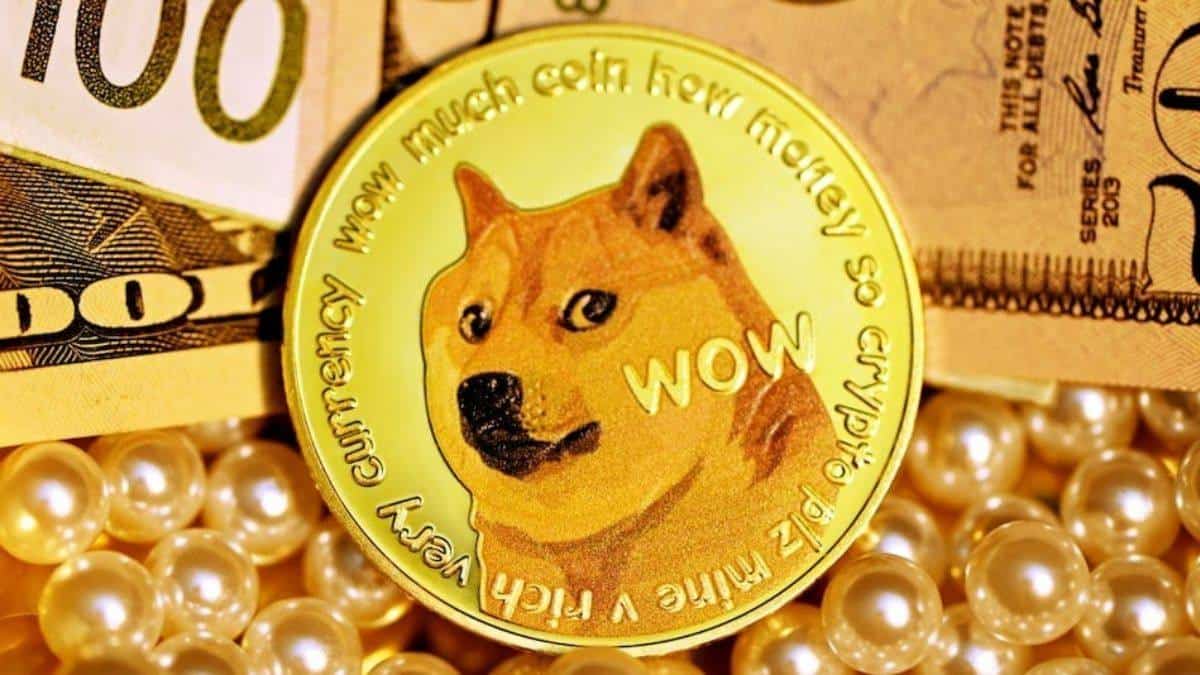Part 6: DeFi, Rug Pulls, and the Web3 Dream (or... is it a Meme?)
This chapter? Pure chaos. But also… peak crypto.
We’re diving into the days of:
- 🚜 Devs vanishing with millions
- 🌾 APYs so high they looked fake
- 🧻 Joke tokens traded like gold
- 🏰 And the idea that maybe, just maybe, we don’t need Big Tech to run the internet anymore
Let’s go.
💰 What Even Is DeFi?
DeFi stands for Decentralized Finance.
Think all the stuff banks do — but without the banks.
Lending, borrowing, trading, saving, all powered by smart contracts, not paperwork.
And yeah, that means:
- No credit checks
- No account creation
- No CEO to freeze your wallet
- Just code on a blockchain and your crypto wallet
It started as an experiment.
Then it exploded.
🌾 Yield Farming — When Crypto Became a Game
In 2020, DeFi entered its “farming season.”
You could “farm” new tokens by locking up your crypto in protocols. The more you locked, the more rewards you got — sometimes over 1000% APY.
It worked like this:
- Provide tokens to a liquidity pool (like ETH + USDC on Uniswap)
- You receive LP tokens
- You stake those LP tokens into another platform
- That gives you rewards — like SUSHI, CAKE, or some food-themed coin you’ve never heard of
Then you take those rewards… and stake them again.
Yeah. It got that recursive.
Some people made insane returns.
Others lost everything in seconds.
Welcome to DeFi.
💀 Rug Pulls & Vapor Projects
For every legit DeFi project, there were a dozen copy-paste scams.
Rug pull = when a team launches a token or protocol, hypes it like crazy, then yanks all the funds and disappears.
Some projects didn’t even hide it:
- 🚩 Anonymous founders
- 🪞 No audits
- 🐸 Meme-heavy whitepapers (if they had one at all)
Sometimes the token name already sounded fake.
And people still aped in.
“Don’t invest more than you’re willing to lose,” they said.
Then lost it all anyway.
🧠 Web3: Decentralization Goes Mainstream (Kind of)
At the same time, a new term started trending: Web3.
Web1 = Static websites (just read)
Web2 = Platforms (read + write)
Web3 = You own the data, the account, the content, everything
No more needing a Google account.
No more asking Twitter for permission.
Just a wallet address, and boom — you’re in.
The idea?
Build a new internet, powered by blockchains and owned by the people.
Did it work?
Sometimes.
But hype got ahead of reality. Fast.
Here comes Part 6 – Final Segment, baby! Let’s land this arc with DAOs, memes, and the very weird-but-real culture clash that came with it:
🧑⚖️ DAOs — Internet Clubs With Bank Accounts
DAO = Decentralized Autonomous Organization
Basically: an online group that shares a treasury and makes decisions using smart contracts + voting.
DAOs were used for:
- Investment clubs
- NFT collector guilds
- Protocol governance
- Meme projects
- Even trying to buy the US Constitution (seriously)
Anyone with the token could vote.
In theory: power to the people.
In practice: whales still ruled a lot of votes.
But still — it was new, and wild, and exciting.
🐶 Meme Coins: When the Internet Took Over Finance
Let’s talk about Dogecoin.
It started as a literal joke.
A meme. A Shiba Inu and some Comic Sans.
Then… Elon tweeted. Reddit pumped.
It hit $90B+ market cap at one point.
Then came clones:
- Shiba Inu
- Floki
- Baby Doge
- Pepe
- Wojak
- And stuff even more unserious
Some people genuinely got rich.
Most didn’t. But it became a symbol:
If memes could move markets, maybe the internet had more power than Wall Street wanted to admit.
🧵 The Crypto Vibe in One Line:
“Is this a revolution… or just vibes?”
That was 2020–2021 crypto.
Chaotic, hopeful, scammy, and genius — all at once.
☄️ What’s Next (Part 7…)?
- The NFT boom (and cringe)
- Tokenized identity
- Solana vs Ethereum vs Layer 2 wars
- The merge
- Real world adoption (maybe)
- And some serious market crashes
It only gets stranger from here.

